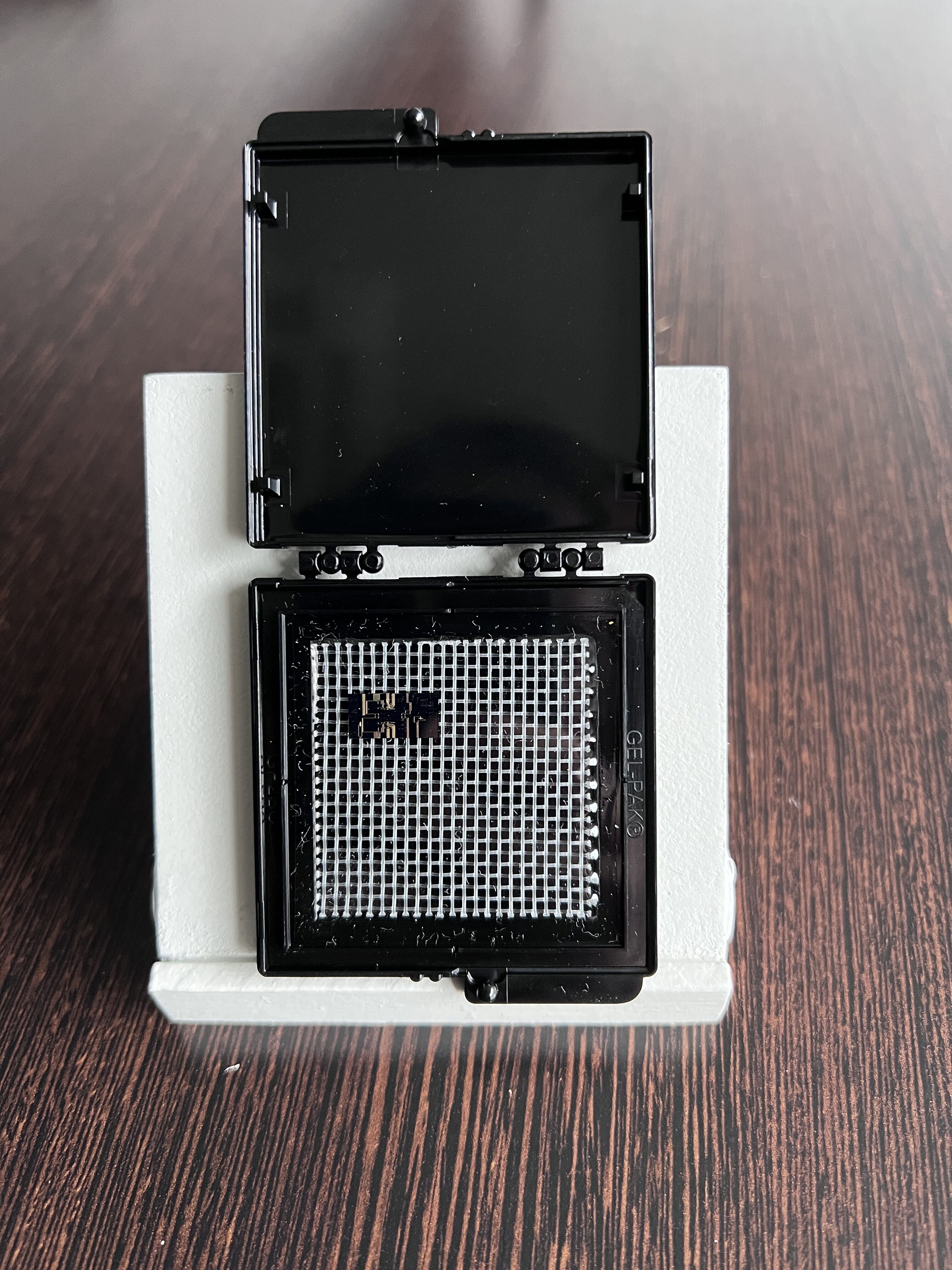Photonic Integrated Circuit (PIC)
Definition:
A Photonic Integrated Circuit (PIC) is a microchip that integrates photonic (light-based) components such as waveguides, lasers, modulators, polarizers, and phase shifters on a single substrate. Unlike traditional electronic circuits that use electrons, PICs use photons to process and transmit information.
Scientific context:
PICs function analogously to electronic integrated circuits but operate in the optical domain. Light is typically injected via a laser source, and guided through the chip’s optical components. PICs solve several challenges faced by electronics, including heat dissipation, signal delay, and limited bandwidth, enabling the development of faster, more efficient systems.
Key advantages of PICs include:
-
High-speed data processing
-
Miniaturization and integration
-
Low power consumption
-
Scalability and manufacturability
PICs align with the “More than Moore” paradigm, extending performance beyond traditional electronic scaling.
Example in practice:
PICs are used in:
-
Data communications: optical transceivers for inter- and intra-datacenter connections
-
Quantum photonics: compact platforms for generating, manipulating, and detecting quantum states
-
Autonomous vehicles: LiDAR sensors for real-time spatial awareness
-
Biomedical devices: lab-on-a-chip solutions for diagnostics
-
Aerospace and defense: secure optical sensing and communications
Did you know?
With the rise of photonic computing, PICs are expected to supplement or even replace traditional printed circuit boards in future-generation high-performance computing systems.

Coherent transmitter for continuous-variable quantum key distribution (CV-QKD) (source: ICFO)
